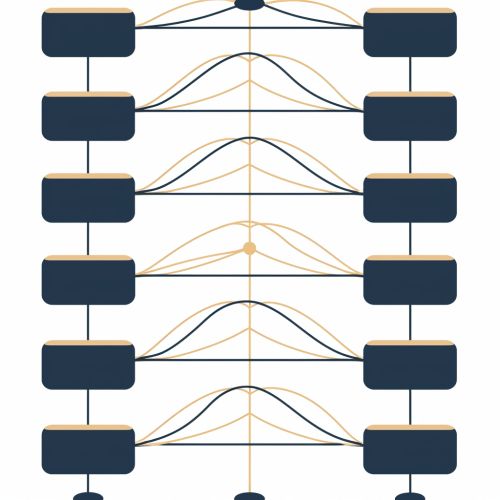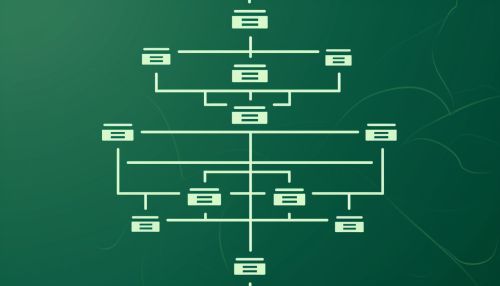Hierarchical Model
Introduction
The Hierarchical Model is a type of database model that organizes data in a tree-like structure. It was the first database model created by IBM in the 1960s. The model uses a parent-child relationship where each parent can have multiple children but each child has only one parent.
Structure
The hierarchical model organizes data into a tree-like structure, similar to a file system. Each record in the database is called a node, and each node can have one or more child nodes, forming a hierarchy. The topmost node is called the root node, which has no parent. Each node in the hierarchy, except the root, has exactly one parent node, and zero or more child nodes.


Advantages
The hierarchical model has several advantages. It is simple and easy to understand, making it suitable for small databases. The model also provides efficient data retrieval because the structure allows for direct paths to data. This model is also beneficial for representing real-world relationships where hierarchical relationships are common, such as an organizational chart or a family tree.
Disadvantages
Despite its advantages, the hierarchical model also has some disadvantages. One of the main disadvantages is its lack of flexibility. In the hierarchical model, each child node can have only one parent, which can limit the types of relationships that can be represented. Additionally, the model can lead to data redundancy, as data may need to be duplicated in multiple nodes. It also lacks the ability to handle complex relationships between data.
Applications
The hierarchical model has been used in various applications, especially in early database systems. It is commonly used in file systems and XML processing. Some examples of databases using the hierarchical model include IBM's Information Management System (IMS) and Windows Registry in Microsoft Windows.
Comparison with Other Models
The hierarchical model is one of several types of database models, including the relational model, the network model, and the object-oriented model. Each model has its own strengths and weaknesses, and the choice of model depends on the specific requirements of the database system.
